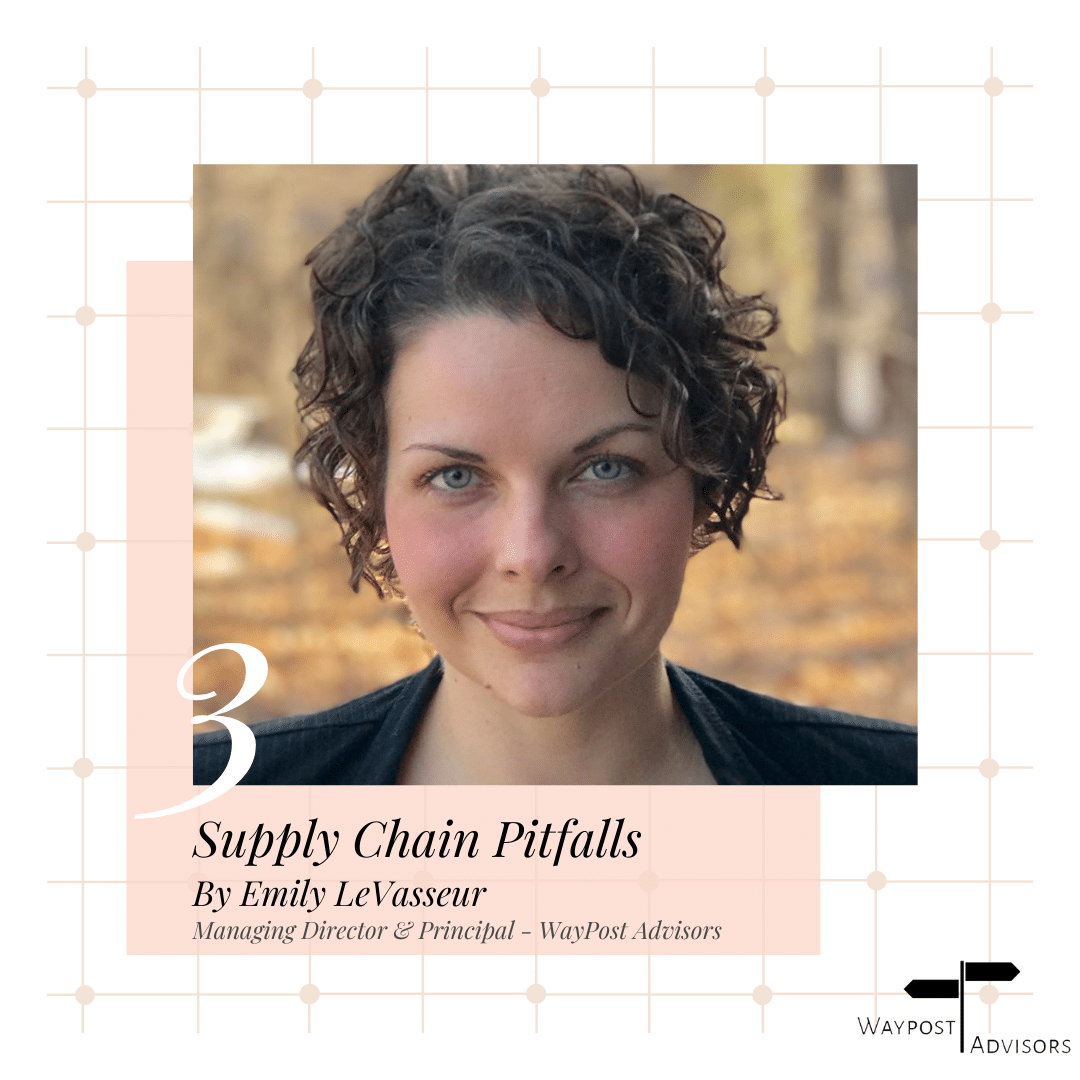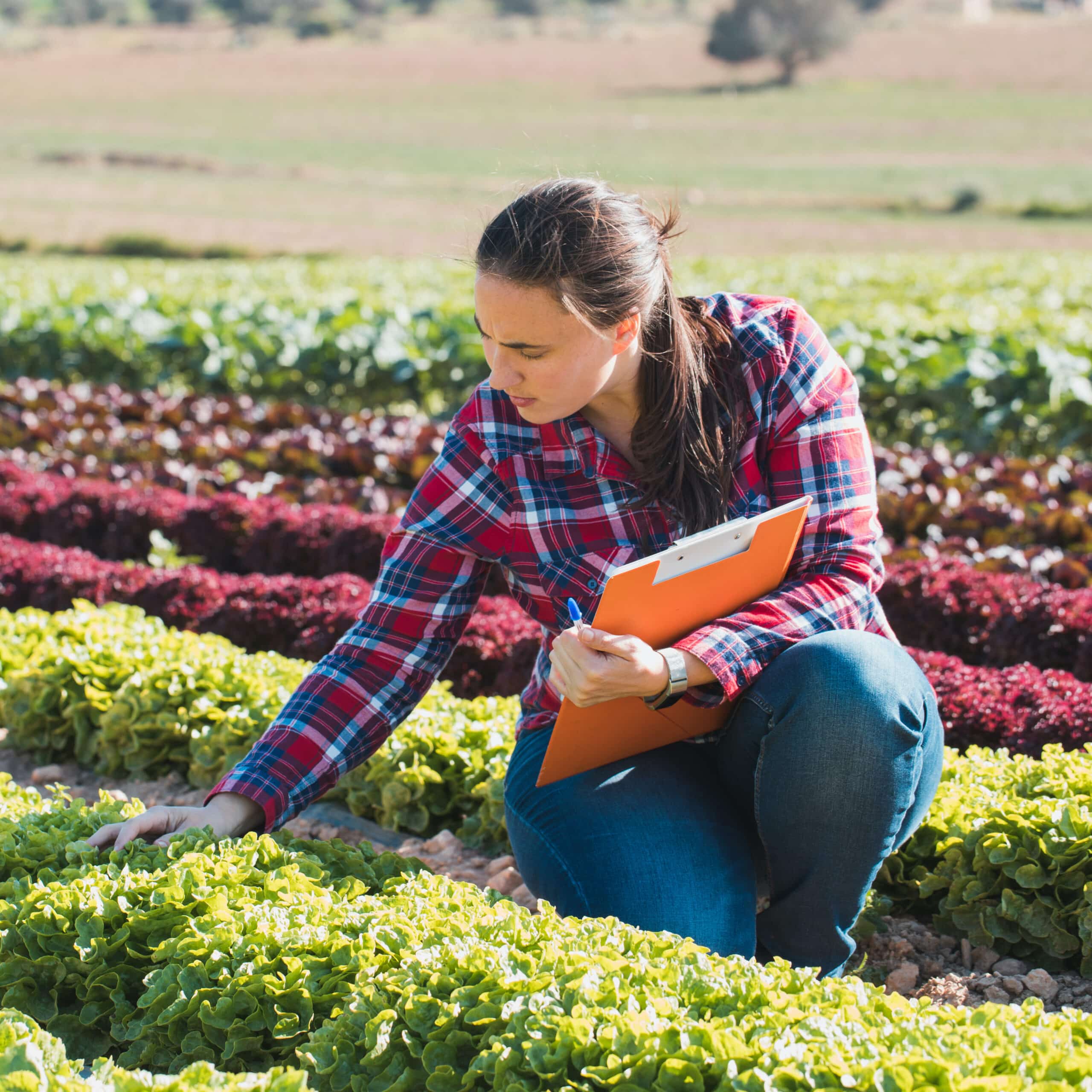Research from Harvard Business Review shows that women feel they need to meet 100% of the criteria when applying for a job, while men apply after only meeting about 60% of the criteria. This statistic is backed up by LinkedIn behavioral data that shows that women apply to 20% fewer jobs than men because they screen themselves out of the conversation before it even has a chance to start.
So, how can you ensure the next time you’re bringing on a new team member that you’re doing your best to be fair and impartial and mitigate the disparity in these statistics.? Here are four ways.
Write an Inclusive Job Description
How a job description is written says a lot about the company and the job seekers that are likely to apply. It’s the candidate’s initial exposure to the position and the company’s culture and values. Writing your job description can be the difference between attracting a diverse pool of candidates and deterring candidates from applying.
Try focusing on what success looks like in the role and company values and beliefs, instead of a list of job requirements. Use inclusive and gender-neutral language and avoid kitschy jargon like rockstar, guru, or ninja.
Recruit a Diverse Pool of Candidates
Think about where your company is recruiting candidates. If you’re using external means to market your position, consider your partnerships with job boards and local organizations. Are they known to attract diverse candidates? Would a woman be just as likely to see the job posting as a man? Would a member of the LGBTQ community be as attracted to the position as a member of the black community? Dig deeper into the tools you’re using to find your candidates to ensure diversity before you hire.
Remove Bias When Reviewing Applications
Unconscious bias is when a person has unsupported judgments for or against something or someone. This implicit bias reinforces stereotypes even when our conscious mind considers the behavior counter to our own values and beliefs. Unconscious bias is common, especially when reviewing job applications. Ageism, racism, and sexism, amongst other things, come into play.
To remove bias from your hiring process, acknowledge it exists, and actively combat it. Avoid selecting candidates based on name, gender, or age. All qualified candidates should be given a chance to interview for the position without forces outside of their control inhibiting them.
Ensure a Fair Interview Process
The interview process is another crucial time to put your implicit biases aside. Give all candidates a fair and equal chance to showcase their abilities and why they’re qualified for the position. If you’re the hiring manager and you had a part in selecting the candidates, this is hopefully a no-brainer. But if you’re interviewing candidates selected by human resources or you’re not the hiring manager, make sure you’re treating all candidates equally.
Ask similar questions to gauge experience and skill set, and allot the same time and style of interview for everyone. If you’re in a position to influence the interview process, make sure there is a diverse selection of employee representatives conducting the interview. This not only shows the candidate the company practices what they preach, but it also provides the company with diverse feedback on the candidate.





